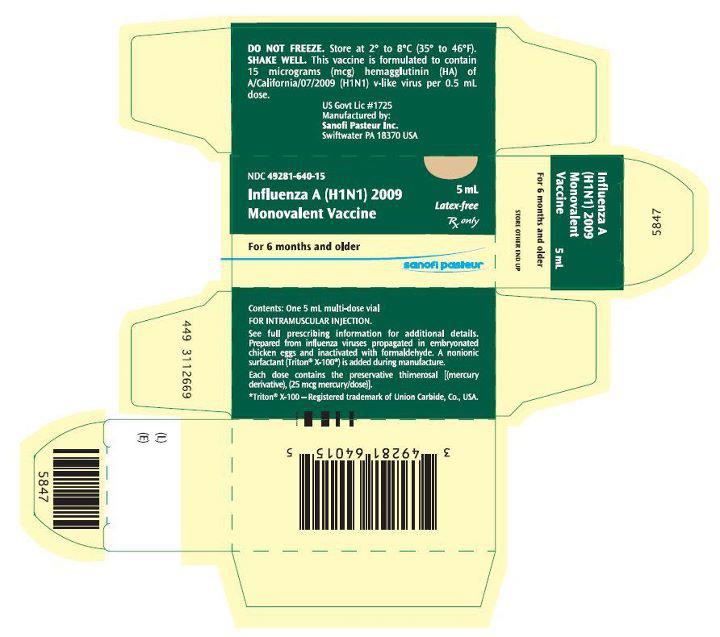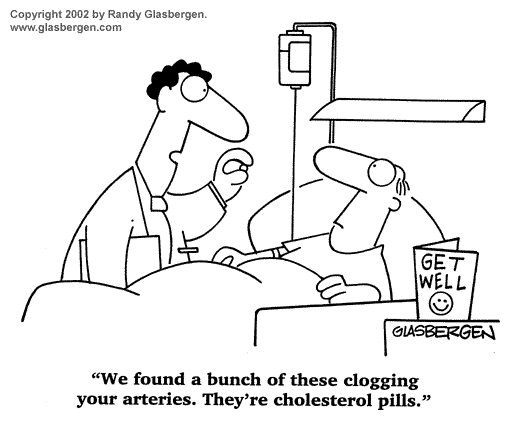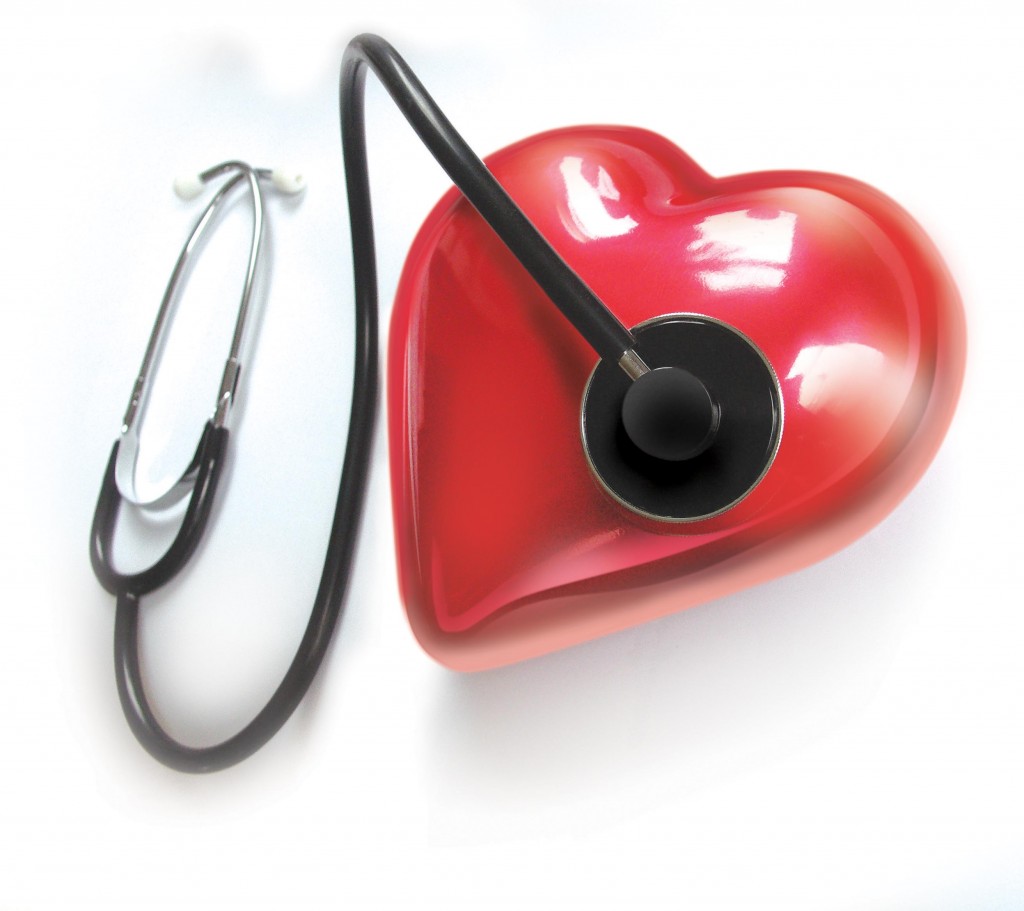 As most of you probably know, influenza is a contagious viral respiratory infection.
As most of you probably know, influenza is a contagious viral respiratory infection.
Symptoms include:
- Fever / Chills
- Runny nose
- Sore throat
- Cough
- Muscle aches
- Fatigue
- Decreased appetite
Typically, the condition will improve after two to three days of bed rest, although some symptoms may persist for about a week.
What many people do NOT know, however, is that death caused directly by the flu virus is very rare. The vast majority of so-called “flu deaths” are in fact due to bacterial pneumonia – a potential complication of the flu if your immune system is too weak. The elderly and people with other pre-existing medical conditions such as asthma, diabetes, or heart disease, are at higher risk of developing pneumonia after a bout of the flu.
The Flu Vaccine Does Not Prevent the Flu, nor Protect Against the Vast Majority of Flu-Related Deaths Continue reading “What You Need to Know About the Flu Shot”





